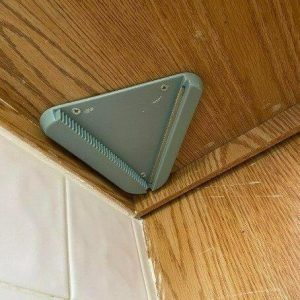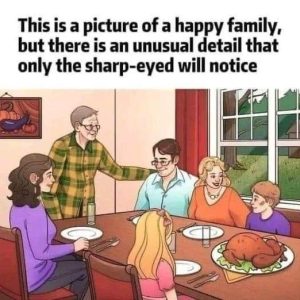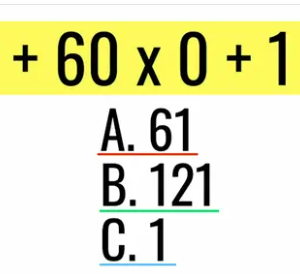Research indicates the human brain can interpret diverse images and perspectives, challenged by optical illusions that manipulate perception.
Optical illusions, in varied forms—physical, physiological, and cognitive—deceive our brains, revealing insights into visual perception intricacies.
Solving puzzles enhances attention and concentration, a tradition dating back to Babylonian times.

Originally designed as a children’s puzzle, the image depicts a restaurant scene with a missing wallet dilemma.

In the illusion, a man and woman dine while the man realizes his wallet is missing, unbeknownst to them, causing suspicion from the waiter.

Carefully observe the image to locate the hidden wallet within the restaurant.
While initially challenging, a close examination reveals the wallet discreetly positioned behind the woman’s hair, as shown below.





